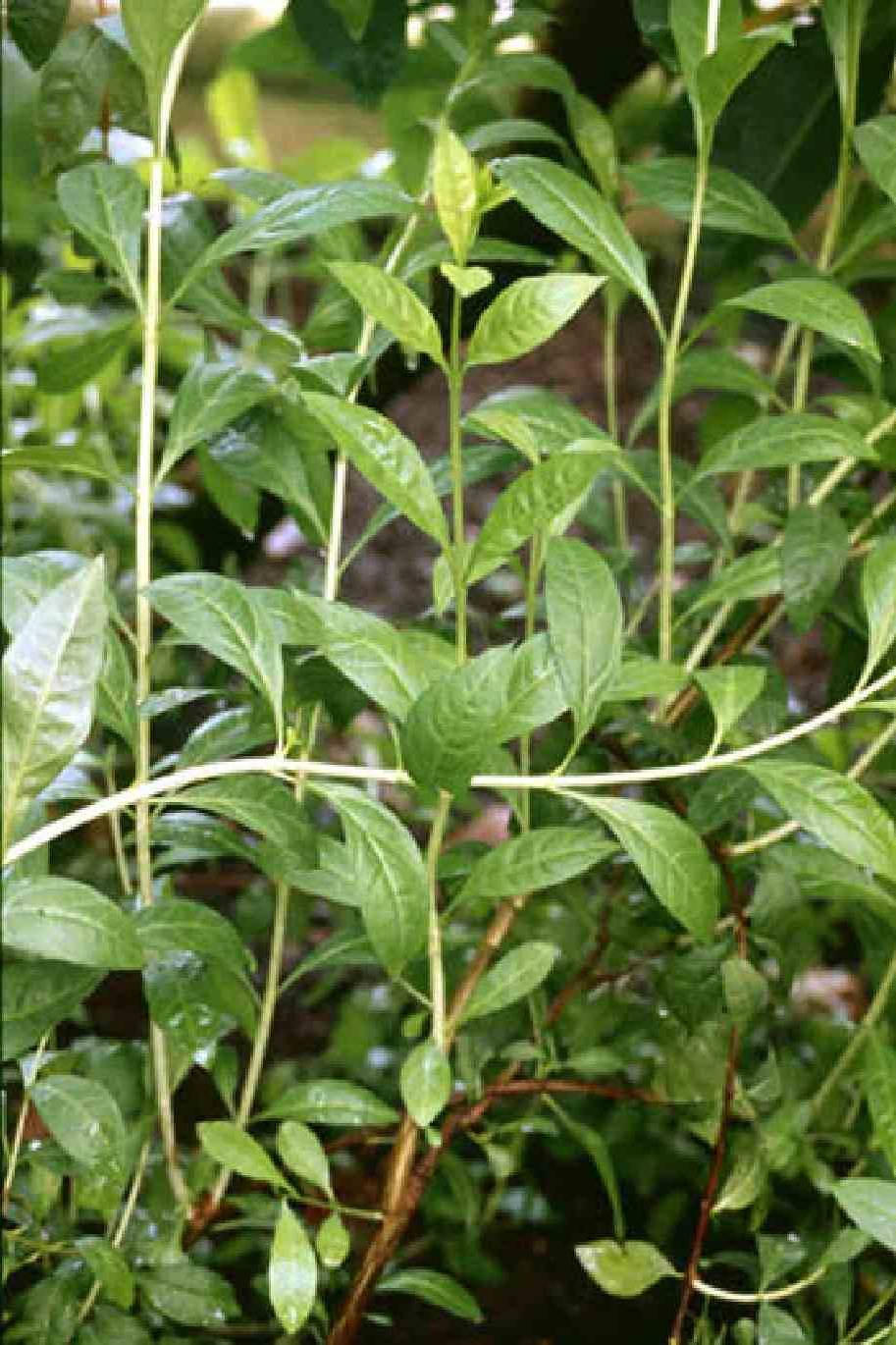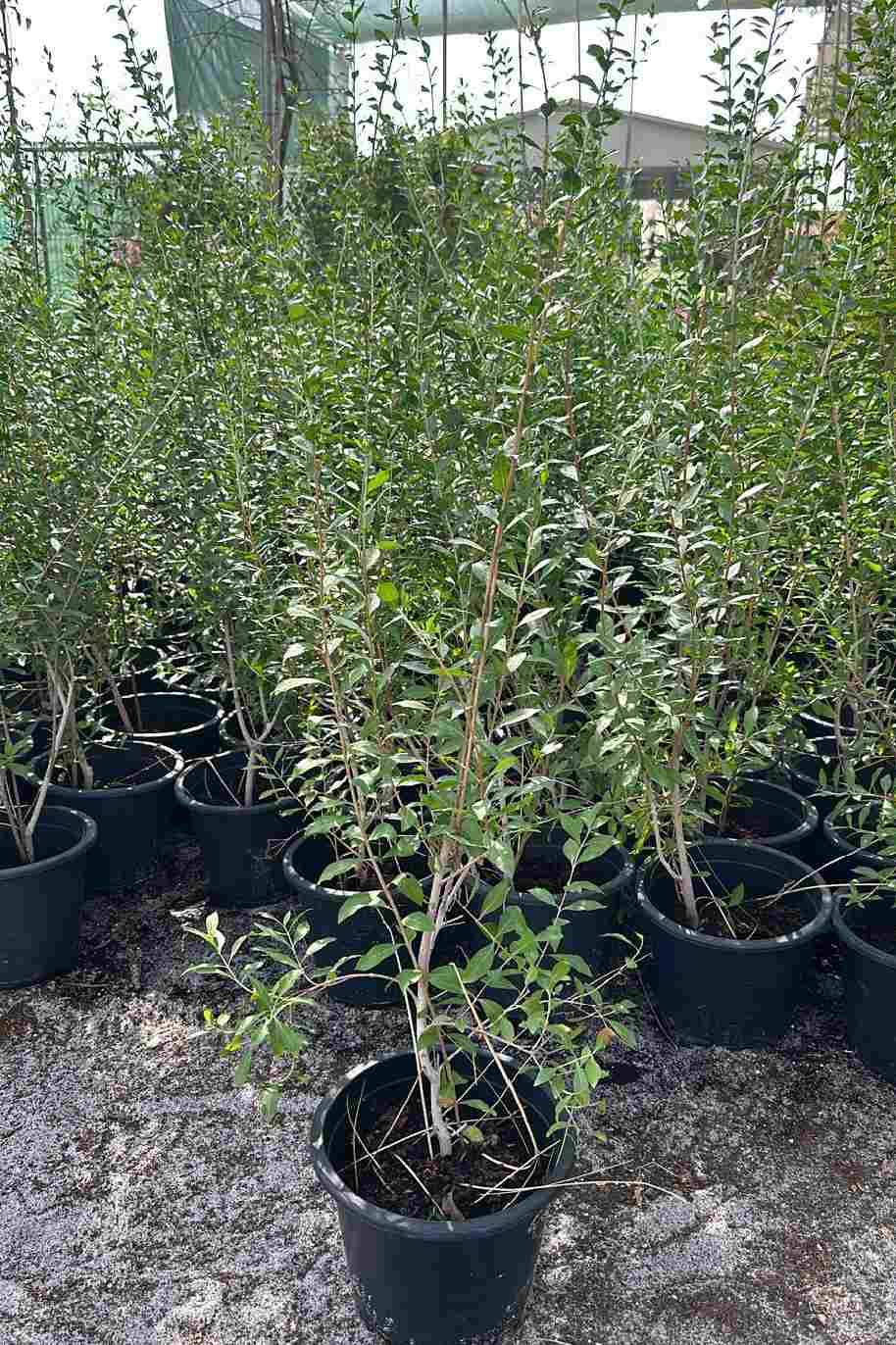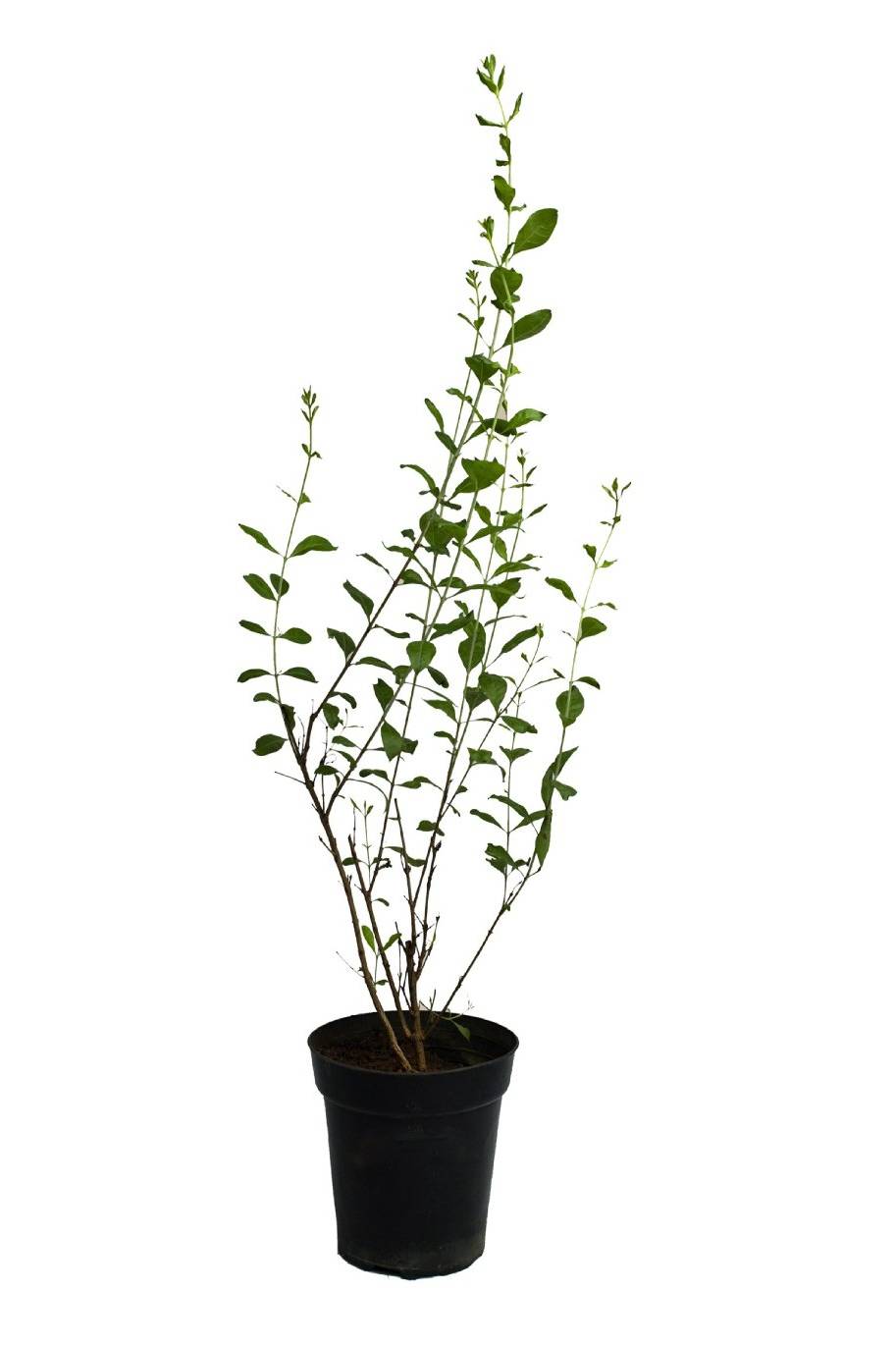Plant Bio
Description: The Henna plant, scientifically known as Lawsonia inermis, is a small shrub or tree native to tropical and subtropical regions of Africa, Asia, and the Middle East. It is well-known for its leaves, which are dried and ground into a powder to create a natural dye called henna. Here is a general description and care guide for the Henna plant:
Leaves: The Henna plant has small, oblong leaves that are typically green and have a smooth texture. The leaves are arranged opposite each other along the stems.
Flowers: Henna plants produce small, fragrant, cream to white flowers with four petals. The flowers are typically found in clusters at the end of the branches.
Growth habit: Henna plants can grow up to 6 to 12 feet (1.8 to 3.6 meters) in height, depending on the growing conditions and pruning. They have a spreading habit and develop multiple stems.
Bark: The bark of mature Henna plants is grayish-brown and tends to peel off in thin strips.
Care:
Sunlight: Henna plants thrive in full sun but can tolerate partial shade. They require at least 4 to 6 hours of direct sunlight each day to promote healthy growth and flowering.
Temperature: Henna plants prefer warm temperatures between 60°F and 95°F (15°C to 35°C). They are sensitive to frost and cannot tolerate freezing temperatures. If you live in a colder climate, consider growing Henna as a potted plant that can be moved indoors during the winter.
Watering: Henna plants have moderate water needs. Water them deeply but infrequently, allowing the top inch (2.5 cm) of soil to dry out between waterings. Avoid overwatering, as it can lead to root rot. During hot and dry periods, increase the frequency of watering to keep the soil consistently moist.
Soil: Plant Henna in well-draining soil with a slightly acidic to neutral pH range of 6.0 to 7.5. The soil should be rich in organic matter and loamy in texture. If the soil is heavy or clayey, amend it with compost or well-rotted organic matter to improve drainage.
Fertilization: Feed Henna plants with a balanced, slow-release fertilizer in spring and summer to promote healthy growth. Follow the package instructions for the appropriate application rate. Alternatively, you can use a liquid fertilizer diluted to half the recommended strength every 4 to 6 weeks during the growing season.
Pruning: Prune Henna plants to maintain their shape and size. You can prune them in early spring before new growth emerges. Remove any dead, damaged, or overgrown branches. Regular pruning also helps to promote bushier growth.
Pests and diseases: Henna plants are generally relatively pest and disease-resistant. However, they can occasionally attract aphids or whiteflies. Inspect your plants regularly and address any pest issues promptly with appropriate organic insecticides or insecticidal soaps. Proper air circulation and avoiding overcrowding can help prevent fungal diseases.
Propagation: Henna plants can be propagated from seeds or stem cuttings. Seeds can take a long time to germinate, so it's best to purchase fresh seeds or obtain cuttings from a mature plant. For stem cuttings, take 4 to 6 inches (10 to 15 cm) cuttings from healthy stems, remove the lower leaves, and plant them in a well-draining potting medium. Provide warmth and humidity to encourage root development.
Henna plants are not only grown for their decorative appeal but also for the natural dye produced from their leaves. With proper care, including adequate sunlight, watering, well-draining soil, and occasional pruning and fertilization, you can enjoy the beauty and cultural significance of Henna plants in your garden or as potted specimens.










